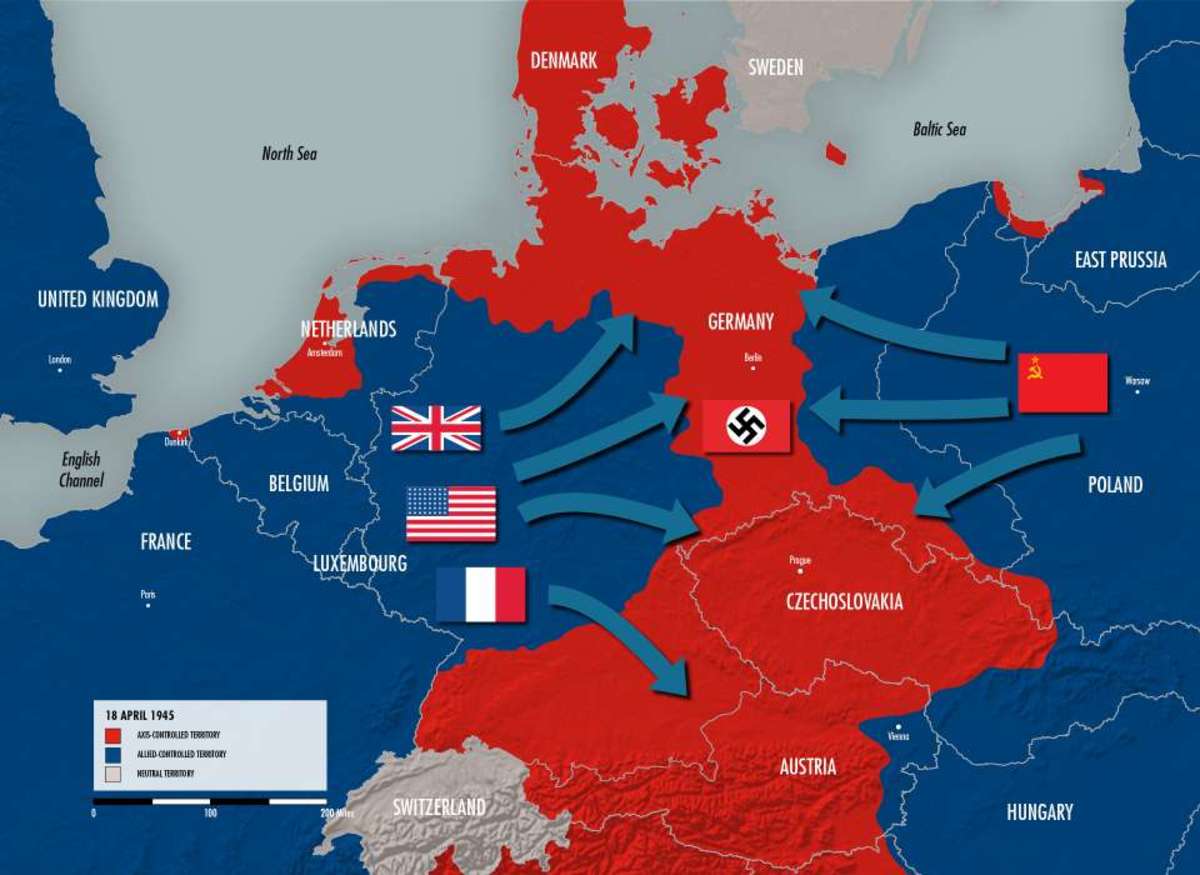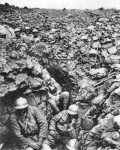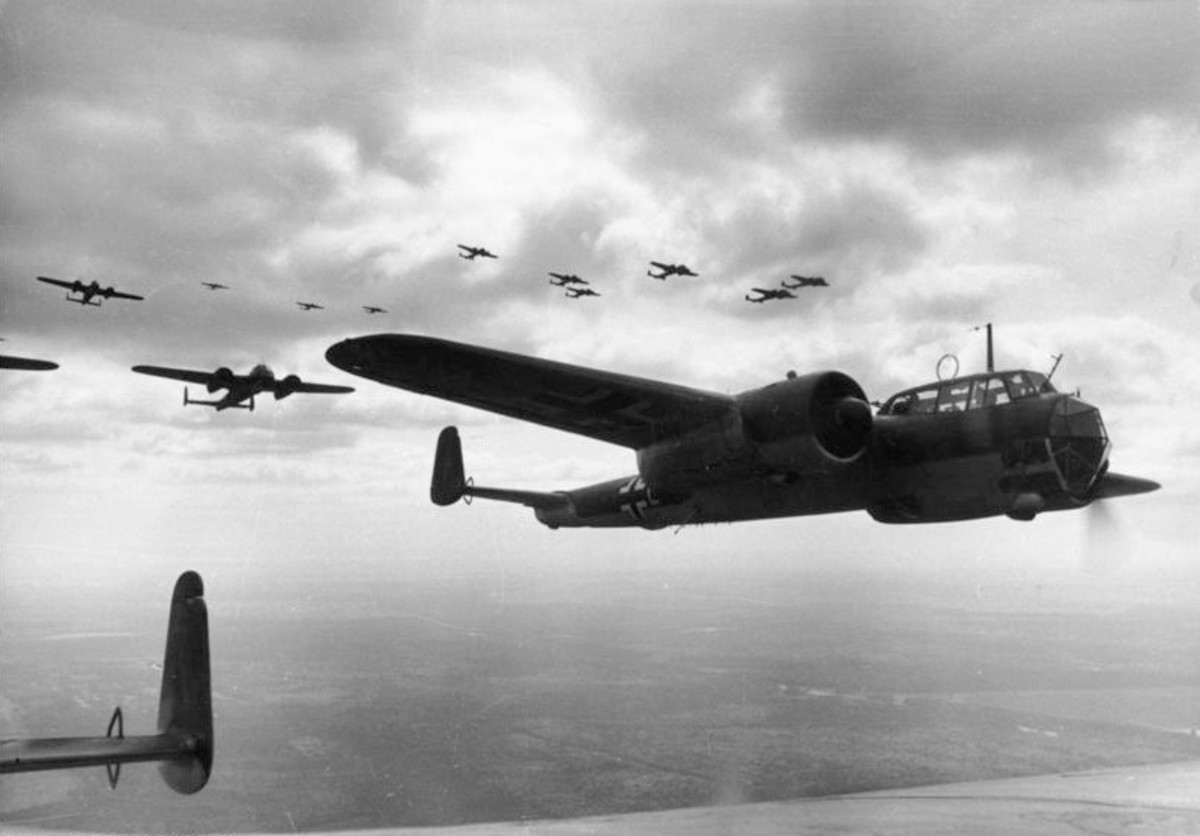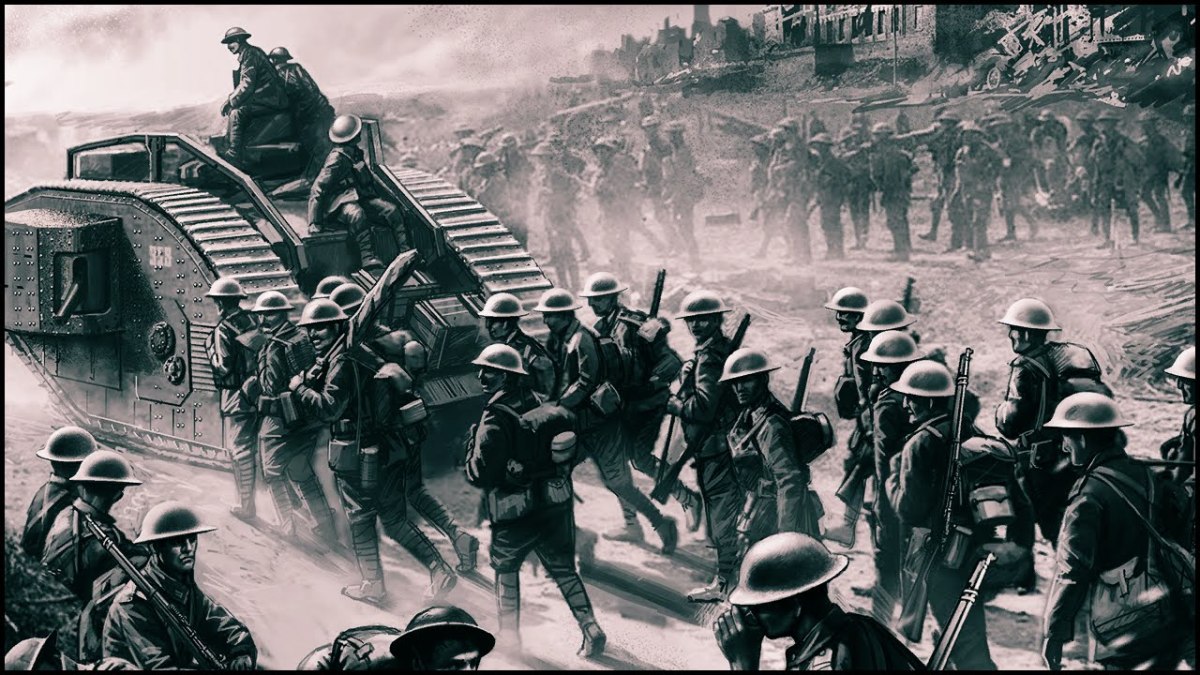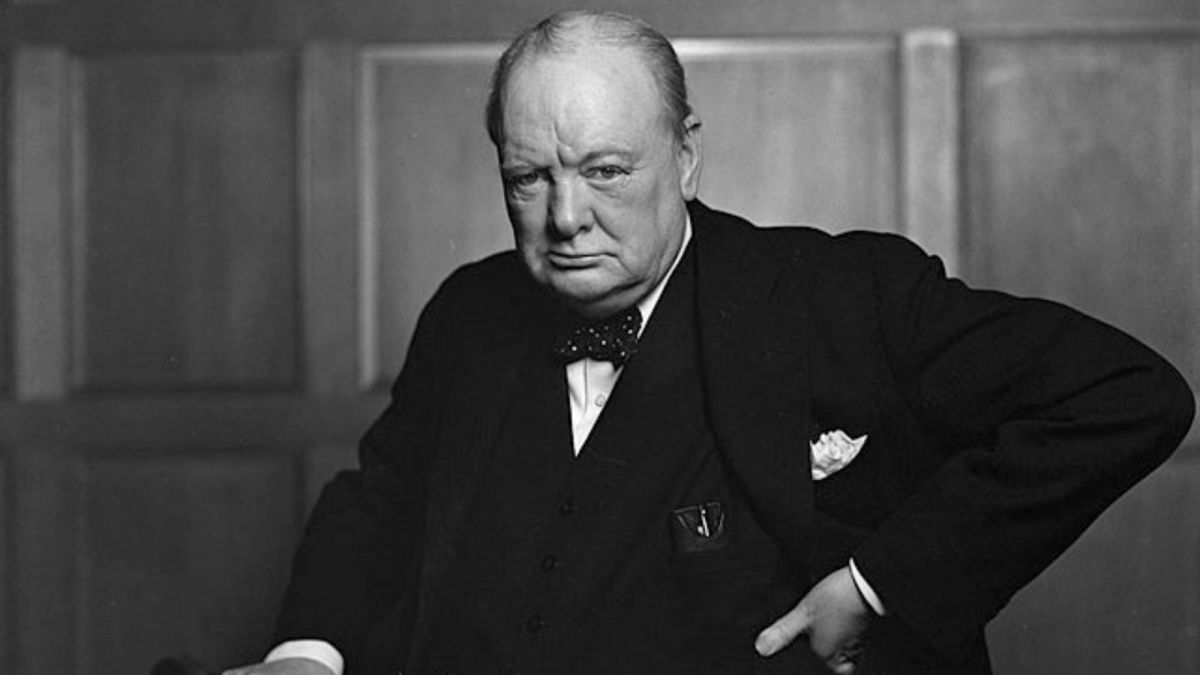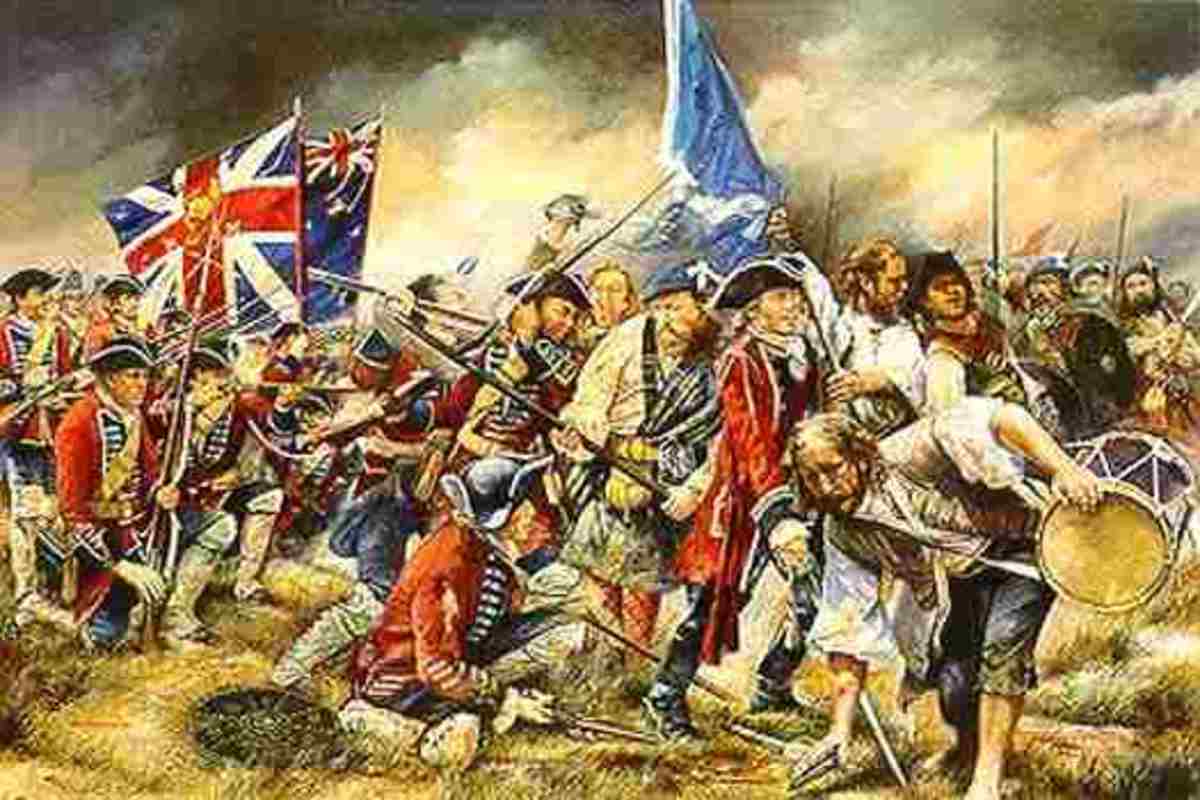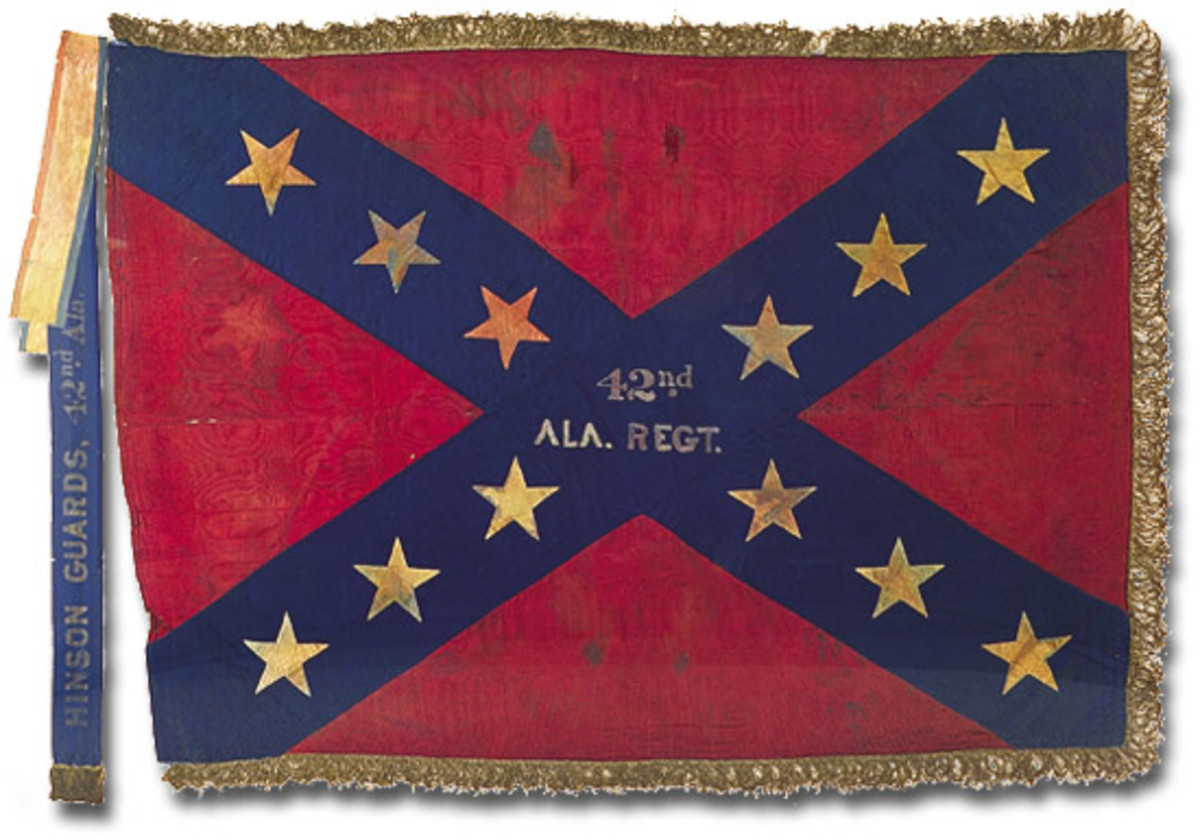The Somme Offensive: 140 Days of Hell.
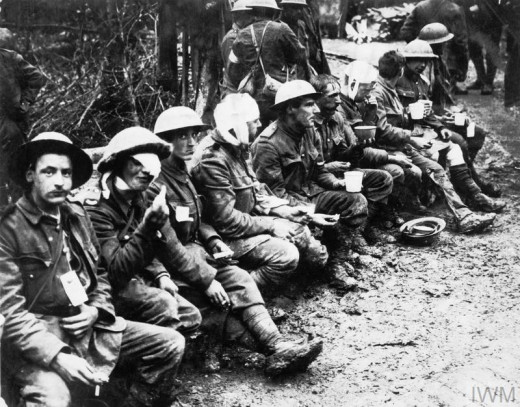
1916, “The Great War” has been raging for two years now and with no end in sight there is an apparent stalemate occurring on the Western Front. In fact, in some cases, leaders on both sides had been pushing for a truce of some kind in order to stop the massive casualties. However, at the very top of command there was a necessity to fight on. The Old World challenging the New World Order it seemed has presented the greatest conflict in World History up to that point. Yet, one battle above the rest would determine the true severity of the war. It took place for over 4 ½ months and was to be the bloodiest of the war. It occurred along the Northern border of France and was named so for the river that it took place on. You may know this as the Battle of the Somme.
What Led to the Somme Offensive?
The Somme was a vital river that had played a smaller role in other major European Campaigns. In 1066, William the Conqueror had used the Somme River as a place to store his invasion fleet before eventually conquering England. In 1636, the Spanish Army crossed the Somme in the Thirty Years War in order to capture Paris. Now, after these two major events the Somme played a role in a war larger than the other two combined. The river played a vital role for the German Army as it was needed as a base of operations and supply before they launched an offensive on Paris. It seemed that Germany was going to capture Paris at this point. However, staunch resistance at Verdun and intense casualty numbers were not aiding in their pursuit of the “City of Lights.” With the Battle of Verdun had come the creation of a new and more deadly form of warfare. Trench warfare would dominate the Western Front and caused casualties because the lines rarely moved. Trenches were also hotbeds for diseases which killed many more troops than actual combat. The Allied Armies were being pushed back towards Paris by the intense German Army and they needed something to assure them that they should be hopeful and awaiting an eventual victory. Thus a plan was devised to form an offensive to push the German Army back into Belgium and keep them isolated their until something could be done.
The plan for the Somme Offensive had come around well before the Battle had taken place. In December of 1915 at the Chantilly Conference, it was decided that on the Western Front the goal should be to ensure that the German Army would not be receiving supplies. The U-Boat threat had been apparent as the British had been crossing the English Channel for years and were being sunk. A strong offensive may take the war in another direction for the Allies and bring down the mighty German war machine. By February of 1916, the Battle of Verdun was occurring and the German Army was being slowed down which meant it needed more supplies. It appeared that the plan was working and that the German Army would capsize on itself. Another move on the Allied Part was needed in order to push Germany back for good.
It seemed that the Somme Offensive would be a huge success for the British and French as the German Army was in fact not capable of playing a defensive war. They had a shortage of man power and were fighting two countries instead of one. It appeared that an outgunned and outmanned army would not be able to stand for much longer. However, this did not mean that the German Army would give up so easily either. German Commander Erich von Falkenhayn had ordered for the creation of massive defense mechanisms across the front. More barbed wire and guns were deployed to the Western Front. It seemed that the goal on the German End would have been for the Allies to destroy themselves trying to even get to the German Lines.
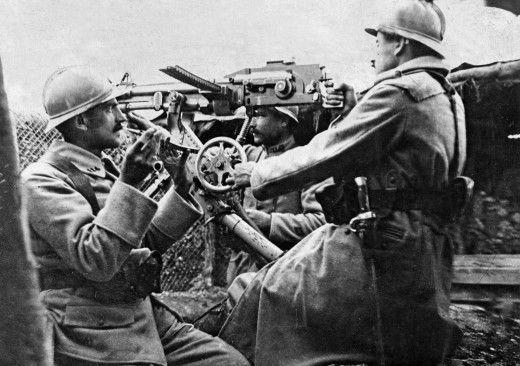
Manpower
Originally the Somme was meant to be a large scale quick offensive that was going to take no more than one month to complete. After all, Allied Intelligence had shown that the German was losing resources and time. They needed to be struck a definitive blow. In addition, unlike Verdun, this battle would be much larger in scale and would need way more men to do the pushing. Verdun included French and German. Yet, the English came to assist the French who were fighting so desperately for their homeland. Germany was preparing itself for a large scale offensive but did not have time as they were being pushed back at Verdun. Originally, the assault called for a massive amount of troops something larger than even Operation Overlord in World War II. The British submitted 13 divisions worth of men for the beginning of the Offensive and stated that they would resupply as needed, should anything go wrong. 13 divisions amount to over 390,000 men which is an astronomical number even by today’s standards. The French did not hold back either as they 11 divisions of over 330,000 men. With that added together there are just under a three-quarters of million soldiers assembling at this juncture. The gamble was on it seemed. There was no way that this would cost hundreds of thousands of these men after all they outnumbered their opponents handsomely. The German Army sent roughly 315,000 troops to the front prepping for the invasion to come towards them. They lied in and waited.
At the time, no large column of troops had ever been assembled for one battle before. It had appeared that this battle was going to be in favor of the British and French on the grounds of manpower alone. Yet, the actual battle might tell quite a different story. The Battle of the Somme would rage on for over 140 days after all.
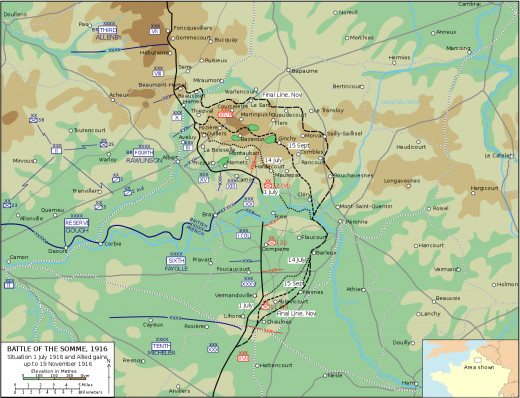
July 1st, 1916: Opening Offensive
On July 1st, the offensive began which success that seemed almost extraordinary. Expecting an attack the Germans were thought to be ready for such a large scale offensive. However, the result turned sour for them. The French sent 5 divisions of their original 11 to make the main offensive and the British sent 11 of their 13 divisions to the front. It seemed that this was a war of outnumbered and crushing the enemy. Both the British and French reached their objectives. Yet, a “complete success” as was reported by the French was not exactly true. Yes, both armies had reached the objectives they desired and the German Army had been pushed back by miles. However, in looking at the casualty numbers historians and logical military experts may call into the question a “complete success.” In one day, the British Army had over 57,000 casualties, 19,000 of which were killed that day. It is to this day the largest loss of life in one day in British Military History. The French lost a mere 1,590 casualties and the Germans are estimated to have lost between 10 and 12,000 men. It had become clear that the British had taken the more difficult and heavy region of the Somme and that the campaign was going to be a lot rougher than expected.
Within 20 days of the Battle the Allies had pushed the German Army back even further than it had expected. By then, the German Army was being pushed onto the border of Belgium and the Battle was won it appeared. Allied Objectives had been reached. This however was only the initial phase of the Battle of the Somme.
Phase 2: Surrounding and Exterminating
Having the German Army backed up and in most cases cut off from their supply route the next plan of action was to surround the Germans and quickly squeeze them into submission. The German Army to this point was very heavily defensive and did not feel that it had a chance of winning this battle at all. Instead, it was fighting to maintain it's supply lines through Belgium as long as it could. The Germans needed places to fortify themselves and unlike in previous wars many battles were fought in little towns that had never even been spoken of. The Germans became occupiers of various French towns and began terrorizing the residents. They were doing this out of fear and an army running out of food would be desperate. Thus, encouraging unspeakable acts of violence. The French and the Germans had a history of disliking each other prior to World War I due to the German fanaticism and the behavior of it soldiers. It appeared as though the Germans were acting as occupiers and not soldiers.
The Squeezing began in late July and with a 500 mile front it was very difficult for this squeeze to be as quick as simply one army fighting another. The squeeze included many small skirmishes in French towns such as Ginchy, Guillemont and Delville Wood. Each of these skirmishes turned into all out assaults on the part of the British and French as many of these battles raged on for longer than a month. These were the heart of the Somme Offensive. The policy was no longer to push back the Germans but to exterminate them as they were crushing them. The second phase of the Somme Offensive became a war of terror and annihilation instead of a campaign to push stiff resistance back into Belgium. By September of the 1916, the German Army was still locking itself in French towns refusing to give up. Supplies were still coming their way and the Battle of the Somme continued to rage as the German Army would not give up. They had lost and yet nothing seemed to deter them from their duty to fight until everything had been lost. By September, the German Army had lost over 130,000 men but managed to continue to fighting onwards.
Each Army was in need of reinforcements and soldiers were growing weary of the campaign by this point. Between July and November the British had added more than 1,500,000 men to the original invading force. The Germans had done the same. Over 50 divisions had been sent to resupply each army and neither side wished to give in. it made it seem that on paper the Allies had won but on the ground it seemed to be again what the initial fear had been going into the battle, yet another stalemate.
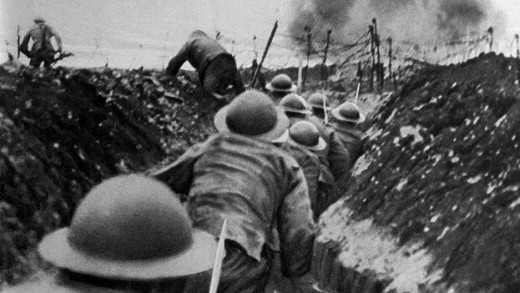
Phase 3: Endgame
British high command had enough of the German Resistance and required yet another push to seal the German loss. This came on September 15th, 1916 as the Battle of Fiers-Courcelette began. It was officially the beginning of the end of the Somme offensive. The offensive was important in this phase as a new weapon of war was being introduced. The tank was yet to have proven itself in combat and its slow ruggedness was considered to be more of a concern than an advantage. The Somme was not the first campaign in the war where a tank had been used but not long after it the tank became an essential part of warfare on the Western Front.
By the end of September, even the British Reserve Army was launching an offensive on the German Army. That is how desperate to end this campaign the aggressors had been. The Reserve Army did not fair well though losing many men on its first day due to confusion on the front of where they were attacking. Again, a stalemate was feared. The British had come this far in pushing the Germans back only to force a tie. It seemed too good to be true. The Offensive again slowed down to a crawl. One army would gain 2,000 yards and then lose it the next day. It appeared that all the Somme had done was drag the war onwards.
The Offensive finally ended in November as the German Army needed for its resources to be sent elsewhere. The Eastern Front was becoming a problem for them as the Russian Army was encroaching. The Somme was a gamble that the British took and it worked but at a heavy cost. Actual figures are unknown as so many went missing however the estimation is that the Allies lost 600,000 men (400,000 British and 200,000 French). Which were the highest totals of the war for one battle. On the German side there is a larger unclear number of casualties as the estimation is between 430,000 and 600,000 lost. In total the Somme Offensive had killed almost 1,200,000 men in total and had pushed Germany out of France for good in the North. The war in the East was much different and would not be acted upon until 1917 when the United States joined the fighting. Nevertheless the German Army would never have another chance to fight in France during the war and it seemed that Paris was not to ever be occupied by Germany. This was true until 1940 when the Nazi’s captured it. For the time being it seemed that Germany was finished. The Allied Powers were simply too strong for them and fighting on two fronts was ultimately what destroyed them. The Somme was in many way the beginning of the end for the German Army in World War I.

